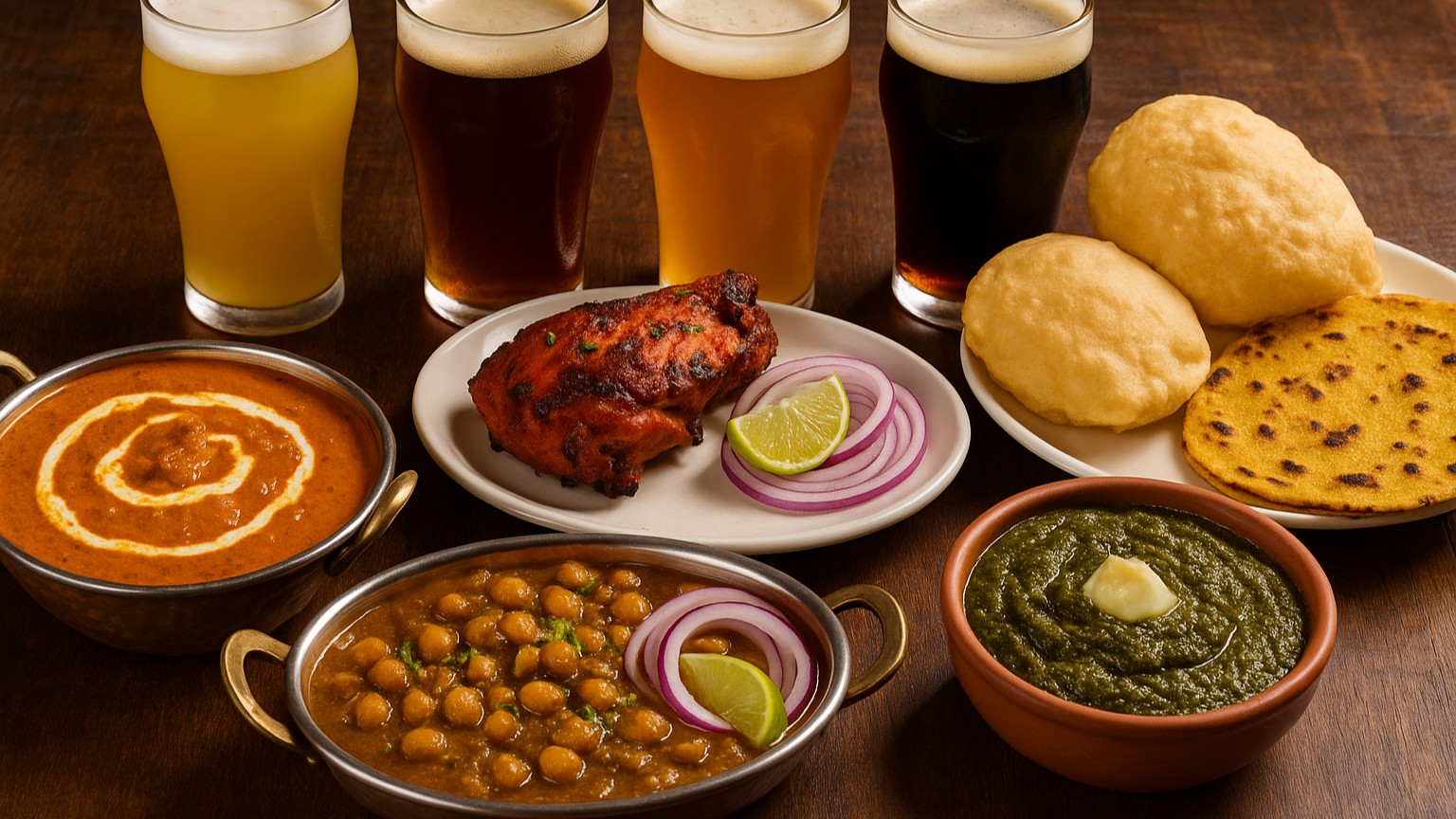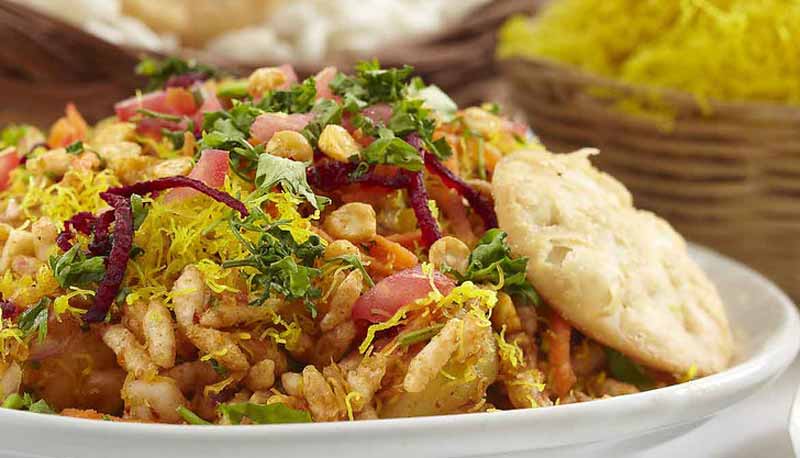Comfort in a Bowl: The Punjabi-Style Khichdi You’ll Fall in Love With
When you hear the word khichdi, the image that often comes to mind is a simple, bland mix of rice and lentils — the ultimate “sick-day” meal. But in Punjab, khichdi tells a different story. It is vibrant, nourishing, and layered with flavor, representing a unique balance between homely comfort and hearty indulgence.
1. The Cultural Roots of Punjabi Khichdi
Khichdi is one of India’s oldest documented dishes, with mentions in ancient Ayurvedic texts as a wholesome, balanced meal. In Punjab, it evolved into a richer, more robust version that reflects the region’s agricultural heritage.
-
Punjab’s fertile soil produces an abundance of wheat, rice, and lentils, making dal-rice combinations a natural staple.
-
Harsh winters and a tradition of hearty eating led to a more spiced and ghee-rich preparation compared to the minimalist styles found elsewhere.
-
Punjabi khichdi is often enjoyed during the Maghi festival (marking the start of harvest), symbolizing warmth, prosperity, and nourishment.
2. What Sets Punjabi Khichdi Apart
Unlike lighter khichdis from other states, the Punjabi version has distinctive characteristics:
-
Bolder Flavors – A pronounced tempering of cumin, onions, and garlic brings depth.
-
Thicker Texture – Often made to a semi-solid consistency, almost like a dal-chawal mash, making it more filling.
-
Richer Fat Content – Generous spoonfuls of ghee not only enhance flavor but also provide warmth and energy for cold winters.
-
Spice Profile – A mild to medium kick from green chilies, ginger, and garam masala.
3. The Role of Dal and Rice
The soul of Punjabi khichdi lies in the dal-rice ratio and choice:
-
Lentils – Moong dal (split yellow gram) is most common for its lightness, but masoor dal (red lentil) adds a rustic earthiness. Sometimes, a mix is used for complexity.
-
Rice – Short-grain varieties are popular for their creamy texture, while some households opt for broken rice (dhoodh chawal) for a softer, porridge-like consistency.
4. Seasonal and Nutritional Significance
Punjabi khichdi isn’t just about taste — it’s deeply tied to health and seasonality:
-
Winter Comfort – The warmth of ghee and spices supports digestion and keeps the body insulated.
-
Balanced Nutrition – Rice offers quick energy, dal provides protein, and added vegetables contribute fiber and micronutrients.
-
Ayurvedic Balance – It is considered tridoshic — balancing for all body types — when cooked with the right spices and fat.
5. Beyond the Bowl — Serving Traditions
How you eat Punjabi khichdi matters almost as much as how you make it:
-
A ladle of fresh ghee is poured on top right before serving.
-
It’s often paired with tangy achar (pickles) or cool dahi (yogurt) for contrast.
-
Papad, fried green chilies, or even a side of sabzi can turn it into a full, satisfying meal.
-
In rural homes, it’s served in deep metal bowls, keeping it warm for longer.
6. Khichdi as a Symbol
In Punjab, khichdi represents simplicity without compromise — proof that a dish can be both nourishing and indulgent. It’s the food you turn to when you want to feel cared for, whether you’re celebrating a harvest, seeking warmth on a foggy winter evening, or recovering from fatigue.
7. Modern Adaptations
Urban Punjabis and food enthusiasts have begun experimenting with khichdi:
-
Adding quinoa or millets for a healthier twist.
-
Using slow-cookers or instant pots for convenience.
-
Garnishing with fresh herbs, microgreens, or roasted seeds for added texture and nutrition.
These updates preserve the essence of Punjabi khichdi while making it fit for modern lifestyles.
Final Thoughts
Punjabi khichdi is a reminder that comfort food doesn’t have to be plain. It’s proof that a simple foundation — rice and dal — can be transformed into something deeply satisfying when seasoned with culture, tradition, and love. Whether served in a humble clay bowl or plated with artistic flair, it remains one of Punjab’s most heartwarming culinary treasures.

.jpeg)
.jpeg)

.jpg)



